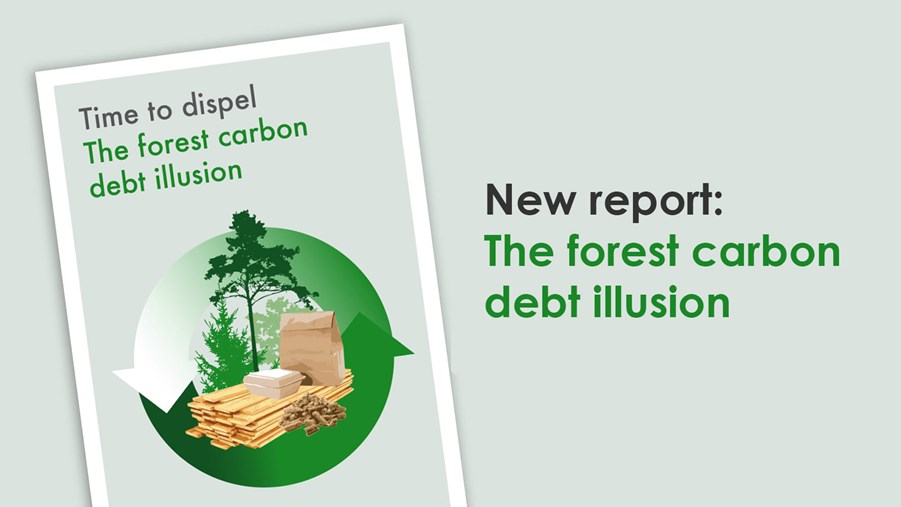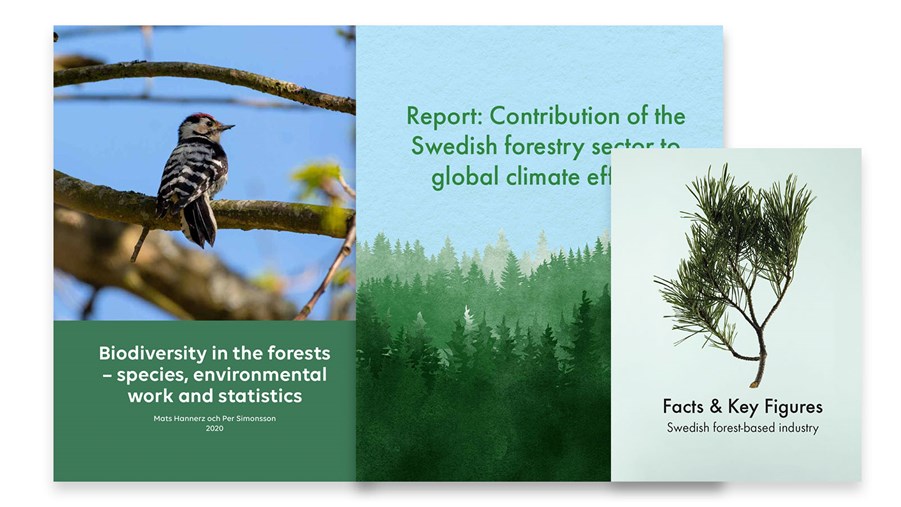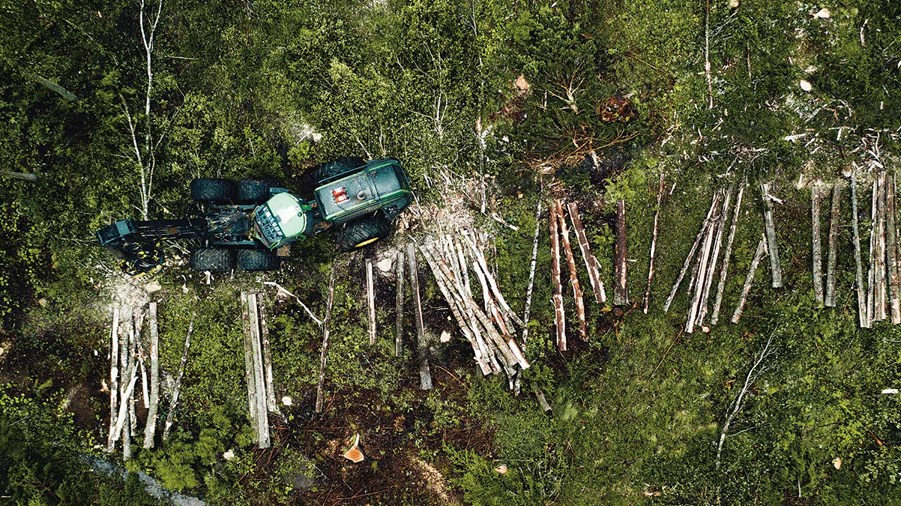
The report, ”The forest carbon debt illusion”, illustrates how different levels of intensity in Swedish forestry impact – in the short and longer term – carbon flows and the atmospheric carbon dioxide pool.
The report analyses the impact of the forest-based sector from a holistic perspective, including the effects of both forest management, wood harvesting and wood-based products; examining the argument that it may be better in the short term to leave the forest standing. The report also sheds light on the climate impact should wood-based products be removed from the market and replaced by alternatives that depend on fossil energy.
Four scenarios are presented, ranging from no harvest to the current actual level of harvest. The basis for the analysis is official statistics from the National Forest Inventory.
The report was commissioned by the Swedish Forest Industries and authored by Dr. Peter Holmgren – earlier Director for FAO’s global work on climate change, currently senior advisor on sustainable development.
Report conclusions:
- No carbon debt accrues in the short term in Sweden’s forests at current harvest levels compared with the alternatives to reduce or stop harvesting. On the contrary, the forest carbon stock continuously increase, while at the same time wood-based products reduce fossil emissions.
- The amount of carbon dioxide in the atmosphere will increase dramatically if Sweden stops wood harvesting.
- A ten per cent reduction of wood harvests will have no impact on the global climate, but fossil emissions would increase.
- The report calls for more research on the forest-based sector’s interaction with the global climate, that takes into account the full perspective of forest management and renewable wood-based products in the forest bioeconomy.


